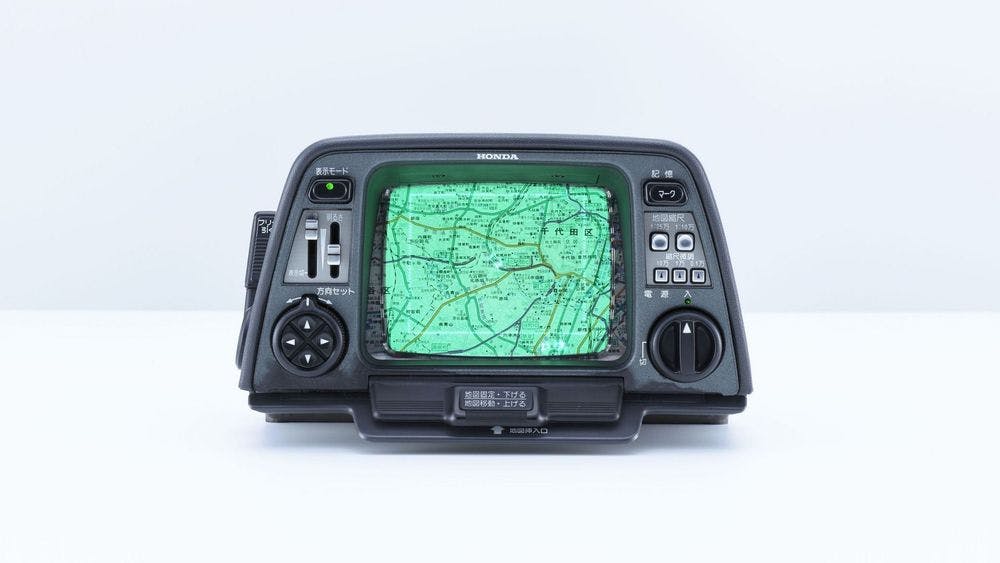Theme

3 min
When We Navigated Without Satellites... (part 1)
Navigation has come a long way since the days of paper maps and hand-drawn directions. In the past, travelers relied on traditional navigation methods that required careful planning and a lot of guesswork. However, with the advent of digital navigation, the process of finding our way around has become easier and more efficient than ever before.
NNG
03 May, 2023
The world’s first map-based navigation system
In today's age of smartphones and ubiquitous GPS technology, it's hard to imagine a time when driving without a navigation system was the norm. However, in 1981, Honda introduced the world's first map-based car navigation system, the Electro Gyro-Cator, revolutionizing the way drivers navigate their way around.
Developed in collaboration with Alpine and Stanley Electric, the Electro Gyro-Cator utilized a small helium-gas gyroscope and information from direction and driving distance sensors to display the vehicle's position on transparent maps inserted into a slot. The maps were tailor-made to fit the navigation system and were displayed on a six-inch cathode-ray tube monochrome illuminated screen.
From luxury to indispensability
At the time, this technology was groundbreaking and represented a significant advancement in navigation systems. However, the cost of the equipment was exorbitant, with the system's price amounting to almost 25% of the car's value. This made it a luxury item, not accessible to the masses.
Fast forward to today, and navigation systems have become a standard feature in most car models. The technology has evolved from the early days of the Electro Gyro-Cator, and today's cutting-edge navigation systems are a lot cheaper and provide a rich set of features.
One of the companies at the forefront of this evolution is NNG, which offers state-of-the-art GPS navigation devices that can be smoothly integrated into the dashboard of 30-40-year-old cars, giving them a retro look while adding modern functionality.
Navigation features then and now
But while the Electro Gyro-Cator may have been a pioneering technology in its day, it was not without its limitations. The system relied on pre-made maps, which were not always accurate, and the system was unable to provide real-time updates. Moreover, it did not have voice-guided directions, making it more challenging for drivers to keep their eyes on the road.
Today's navigation systems, in contrast, provide drivers with real-time updates, voice-guided directions, and the ability to reroute around traffic and road closures, ensuring that drivers can reach their destination as efficiently as possible. They also provide a wealth of additional features, such as points of interest, traffic information, speed cameras, restaurant recommendations, and even gas prices.
In conclusion, the Honda Electro Gyro-Cator was a game-changing technology in its time, paving the way for the development of modern navigation systems. Although the technology was expensive and had its limitations, it laid the foundation for the GPS-based navigation systems that we take for granted today. As technology continues to evolve, it will be exciting to see what new advancements and innovations will shape the future of navigation.
Would you like to know more?
Get in touch to learn more about our latest products and services or company news


